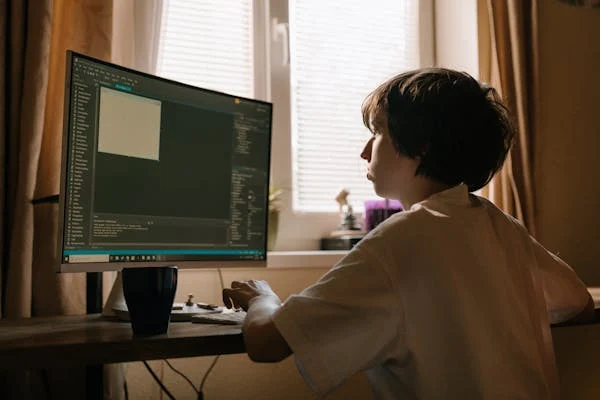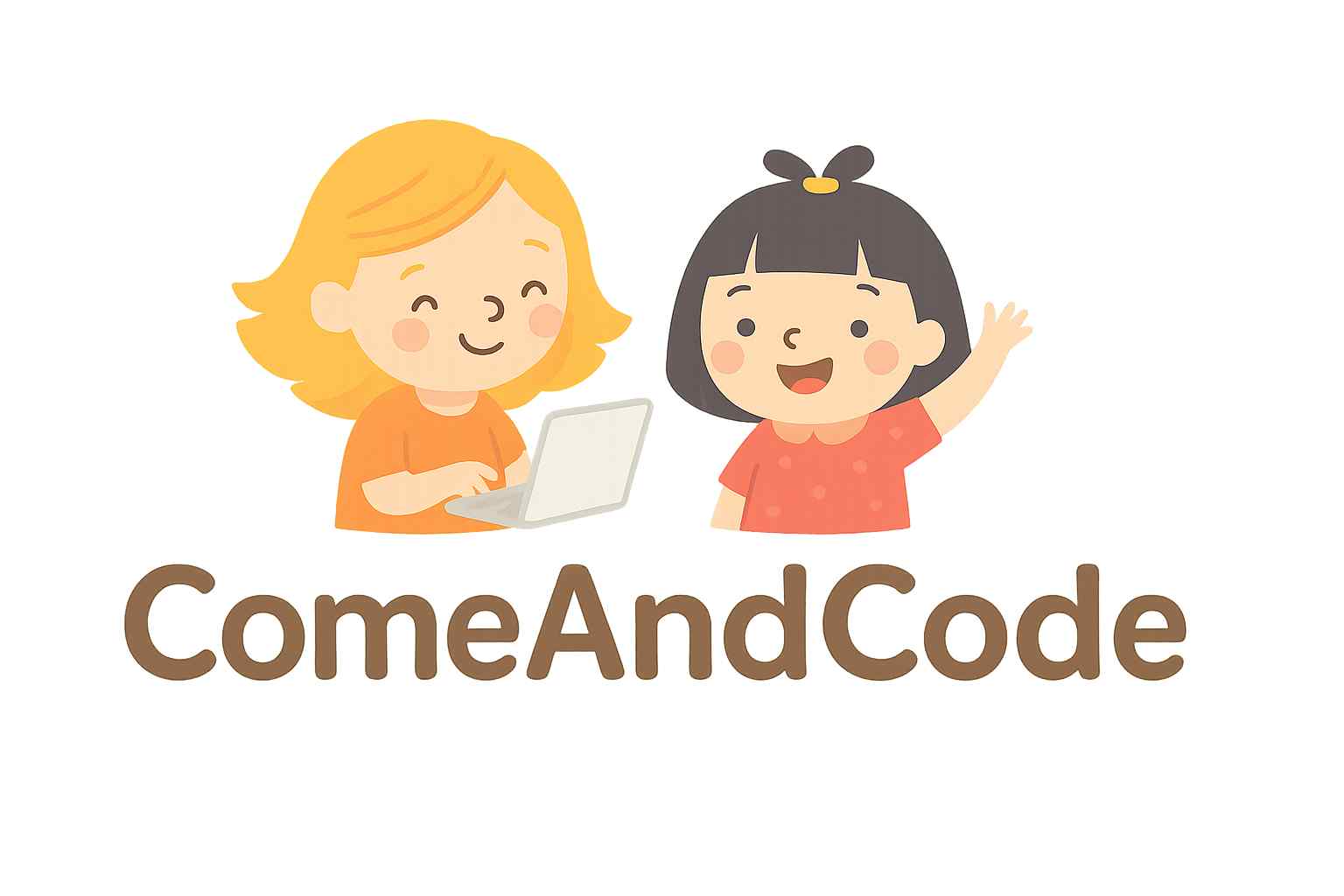Perfect Coding Classes for Your Child has become an essential skill for the future. Introducing children to coding early can nurture their creativity, enhance problem-solving skills, and prepare them for countless career opportunities. However, with many options available, selecting the right coding classes can feel overwhelming. This guide will help you navigate the process of choosing the best coding program for your child.
Why Coding is Important for Kids

Before diving into the selection process, it’s essential to understand the benefits of coding for children:
- Developing Problem-Solving Skills: Coding teaches kids to break down complex problems into smaller, manageable tasks.
- Fostering Creativity: Writing code empowers children to create games, animations, and websites, turning their ideas into reality.
- Building Resilience: Debugging code teaches perseverance and resilience, essential life skills for any endeavor.
- Future Career Readiness: As technology continues to advance, coding opens doors to lucrative and innovative career paths.
Understanding these benefits underscores the importance of selecting the right program for your child’s unique needs and interests.
Factors to Consider When Choosing Coding Classes
When selecting a coding class, it’s vital to consider several factors to ensure it aligns with your child’s goals and abilities.
1. Age-Appropriate Curriculum
Different coding programs cater to specific age groups. Ensure the course content matches your child’s developmental stage. For example:
- Ages 5-7: Look for courses introducing basic concepts through visual programming tools like Scratch Jr.
- Ages 8-12: Intermediate programs may include Scratch, Python, or game development.
- Ages 13+: Advanced classes might cover Java, C++, or web development frameworks.
2. Teaching Methodology
Consider how the course delivers its content:
- Interactive Platforms: Hands-on activities and interactive tools make learning engaging.
- Instructor-Led Classes: A live teacher can provide personalized guidance and answer questions in real-time.
- Self-Paced Learning: Great for independent learners who prefer flexibility.
3. Reputation and Reviews
Research the platform or institution’s reputation. Check online reviews, testimonials, and success stories to gauge the program’s effectiveness.
4. Practical Application Opportunities
Look for courses that provide practical coding projects, as they’re crucial for reinforcing theoretical knowledge. Examples include building games, designing apps, or creating websites.
5. Qualified Instructors
Verify the qualifications and experience of the instructors. Are they experts in coding? Do they have experience teaching children?
6. Pricing and Value
While cost shouldn’t be the sole deciding factor, ensure the program offers value for money. Compare the features, content quality, and duration with the price.
7. Trial Classes
Many platforms offer free or discounted trial classes. Use this opportunity to assess the quality of instruction and see if your child enjoys the learning experience.
Top Features to Look for in Coding Classes
When narrowing down your choices, prioritize programs that offer the following:
- Interactive Lessons: Coding is best learned through doing. Classes should involve plenty of hands-on projects.
- Small Class Sizes: This ensures your child receives adequate attention and support.
- Certification Opportunities: Earning a certificate can boost your child’s confidence and serve as proof of their skills.
- Comprehensive Curriculum: The program should cover foundational concepts and offer pathways for advanced learning.
- Engaging Environment: Look for platforms that incorporate gamification and rewards to keep children motivated.
Benefits of Online Coding Classes
Online coding classes have gained popularity due to their accessibility and flexibility. Here are some key advantages:
- Convenience: Your child can learn from the comfort of home.
- Access to Global Resources: Many online platforms connect students with instructors and peers from around the world.
- Flexible Scheduling: Online classes often allow you to choose times that suit your family’s schedule.
Popular online platforms include Scratch, Code.org, Tynker, and platforms like Mini Coders, which specialize in engaging and child-friendly coding courses.
How to Support Your Child’s Coding Journey
Once you’ve chosen the right program, your involvement can significantly enhance your child’s learning experience. Here’s how:
1. Encourage Exploration
Allow your child to experiment with different coding languages and projects. This fosters curiosity and helps them discover what they enjoy most.
2. Celebrate Achievements
Acknowledge and celebrate milestones, whether it’s debugging their first program or completing a complex project.
3. Provide Necessary Resources
Ensure your child has access to a reliable computer, stable internet connection, and relevant software or tools.
4. Create a Supportive Environment
Set aside dedicated time for coding and create a distraction-free space for your child to focus.
5. Stay Involved
Ask your child about what they’re learning and show interest in their projects. Your enthusiasm can boost their motivation.
Common Mistakes to Avoid

Avoid these pitfalls when choosing coding classes:
- Focusing Solely on Programming Languages: While the language is important, the focus should be on developing problem-solving skills.
- Choosing Overly Advanced Courses: Select courses that match your child’s current knowledge level to prevent frustration.
- Neglecting Your Child’s Interests: Ensure the program aligns with what your child finds exciting and engaging.
Why Mini Coders is the Right Choice
If you’re searching for a trusted platform, Mini Coders offers a comprehensive range of coding classes tailored for kids. Here’s what sets Mini Coders apart:
- Age-Appropriate Content: Our courses are designed to cater to different age groups and skill levels.
- Expert Instructors: Learn from qualified professionals who specialize in teaching children.
- Interactive Learning: Hands-on projects, games, and challenges keep kids engaged.
- Flexible Scheduling: Choose times that work best for your family.
- Focus on Future Skills: We prepare children for the digital age with a curriculum that emphasizes creativity and critical thinking.
Conclusion
Choosing the perfect coding class for your child can unlock a world of opportunities and set them on a path to success. By considering factors such as age-appropriate curriculum, teaching methodology, and instructor qualifications, you can make an informed decision. Platforms like Mini Coders ensure your child receives the best start in their coding journey with engaging and effective programs. Start exploring options today and watch your child’s potential soar!
